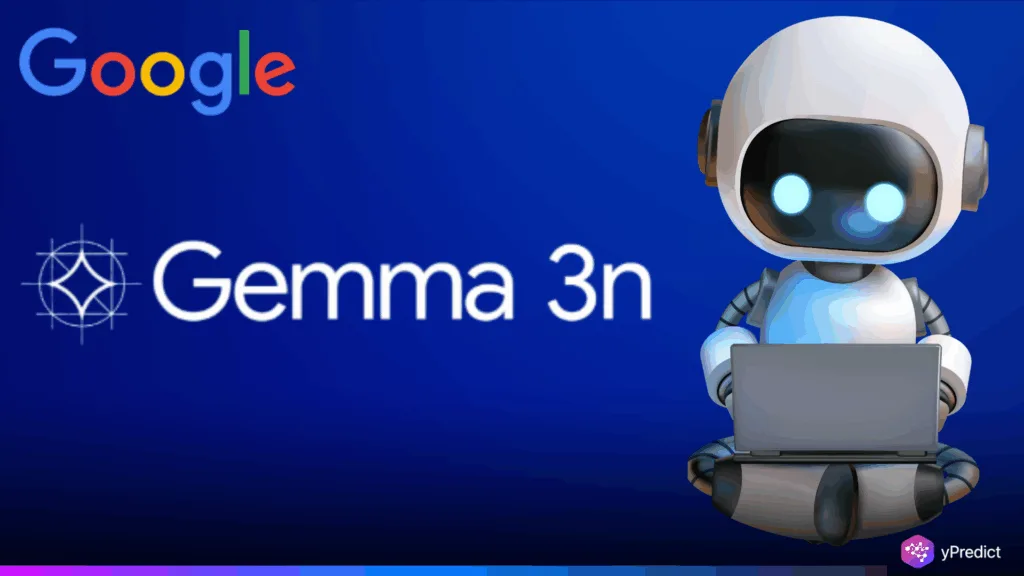
Gemma 3 270M is the smallest release yet from Google AI and DeepMind. Instead of chasing raw size, the focus here is on efficiency and usefulness in the real world. At 270 million parameters, it’s tiny compared to the billion-scale models that dominate headlines. However, it was trained on a massive six trillion tokens spanning over 140 languages. That means even though it’s small, it’s still grounded in a wide and diverse dataset.
Design & Competitive Performance
In Gemma, around 170 million of them are devoted to handling the vocabulary alone. It gives the model a huge 256,000-token capacity. This allows it to recognize and work with rare or technical words without breaking down, something small models typically struggle with. The rest of the parameters power the transformer blocks that drive its reasoning and output. It also supports a 32,000-token context window. While that’s shorter than what the larger Gemma 3 models can manage, it’s still more than enough for most structured or domain-specific tasks.
On instruction-following tests like IFEval, Gemma 3 270M scored just over 51%, which puts it ahead of other compact models such as SmolLM2 135M Instruct and Qwen 2.5 0.5B. It trails behind larger competitors like Liquid AI’s LFM2-350M, but that’s expected since this model isn’t built to compete at the top end. It’s designed to be efficient, dependable, and tuned for the right jobs.
Efficiency of Gemma 3 On Small Devices
Efficiency is where it shines. Internal tests on a Pixel 9 Pro showed that the quantized version used less than 1% of the battery after 25 conversations. The memory footprint is around 240 MB in 4-bit mode, and roughly 400 MB at higher precision. That means Gemma 3 270M can run not just on phones but also on smaller devices or low-cost hardware that would never support larger models.
Wide Accessibility And Developer Support
Gemma 3 270M is available on Hugging Face, Ollama, Kaggle, LM Studio, Docker, and Vertex AI, with support across multiple frameworks, including llama.cpp, Keras, JAX, and more. Developers can pick between pre-trained, instruction-tuned, or quantization-ready versions depending on their needs. Google AI provides documentation and recipes to make adoption easier, and the licensing terms allow commercial use with some standard safeguards.
The bigger picture is that Gemma 3 270M shows how the industry is evolving. For years, the conversation has been dominated by bigger models with ever-expanding context windows and parameter counts. But as this release shows, smaller and smarter models can have just as much impact when they are designed with real-world deployment in mind. Google AI and DeepMind are effectively putting forward a vision. AI isn’t always about maximum scale, but it can match the right level of intelligence to the task and the device it runs. This makes Gemma 3 270M more than just another release in the Gemma 3 family.






